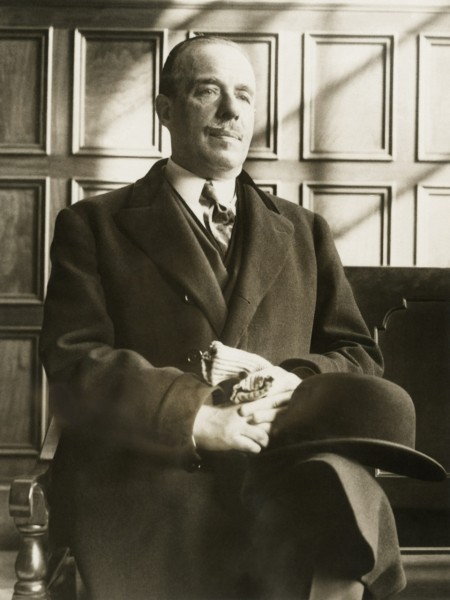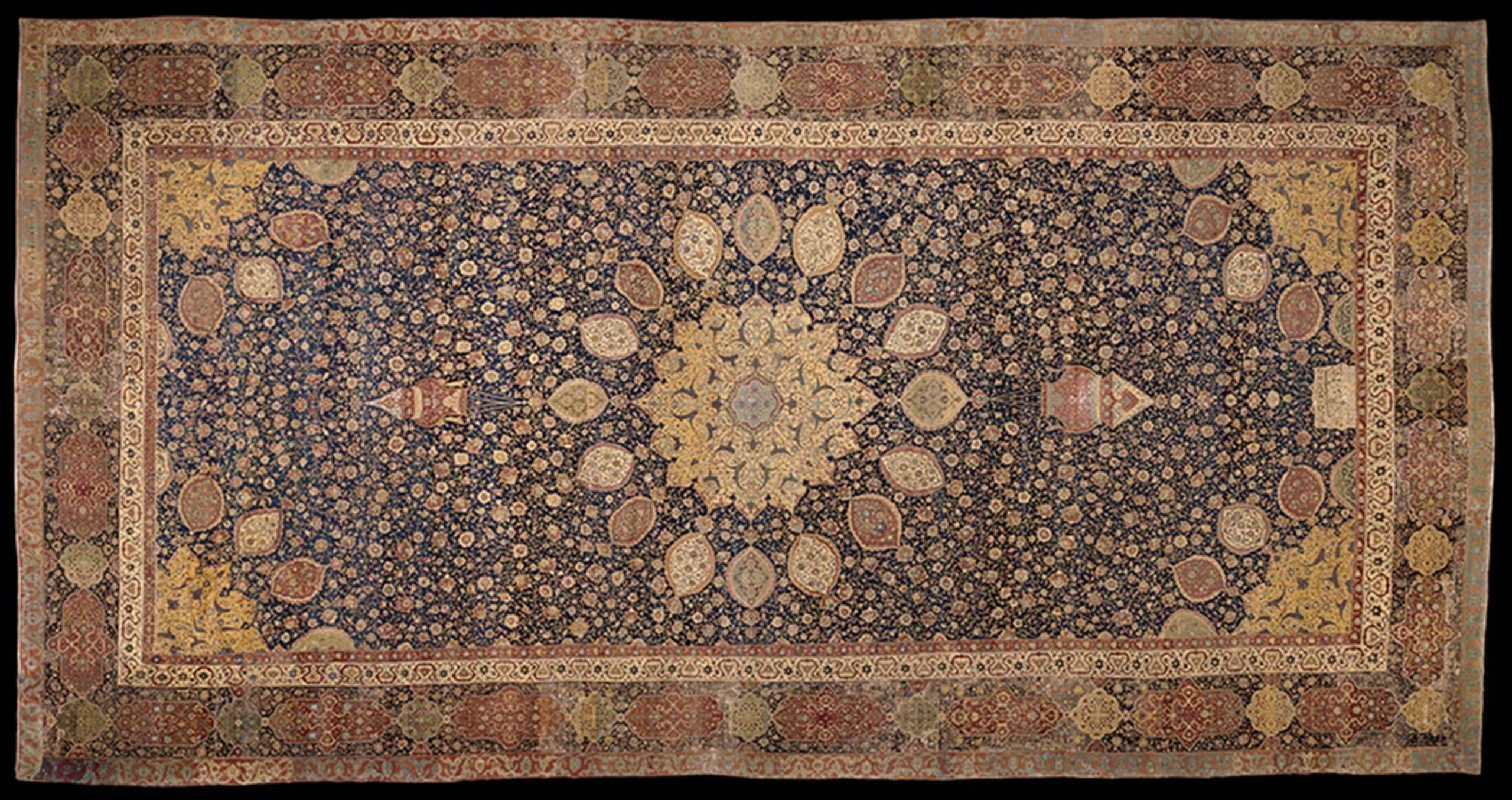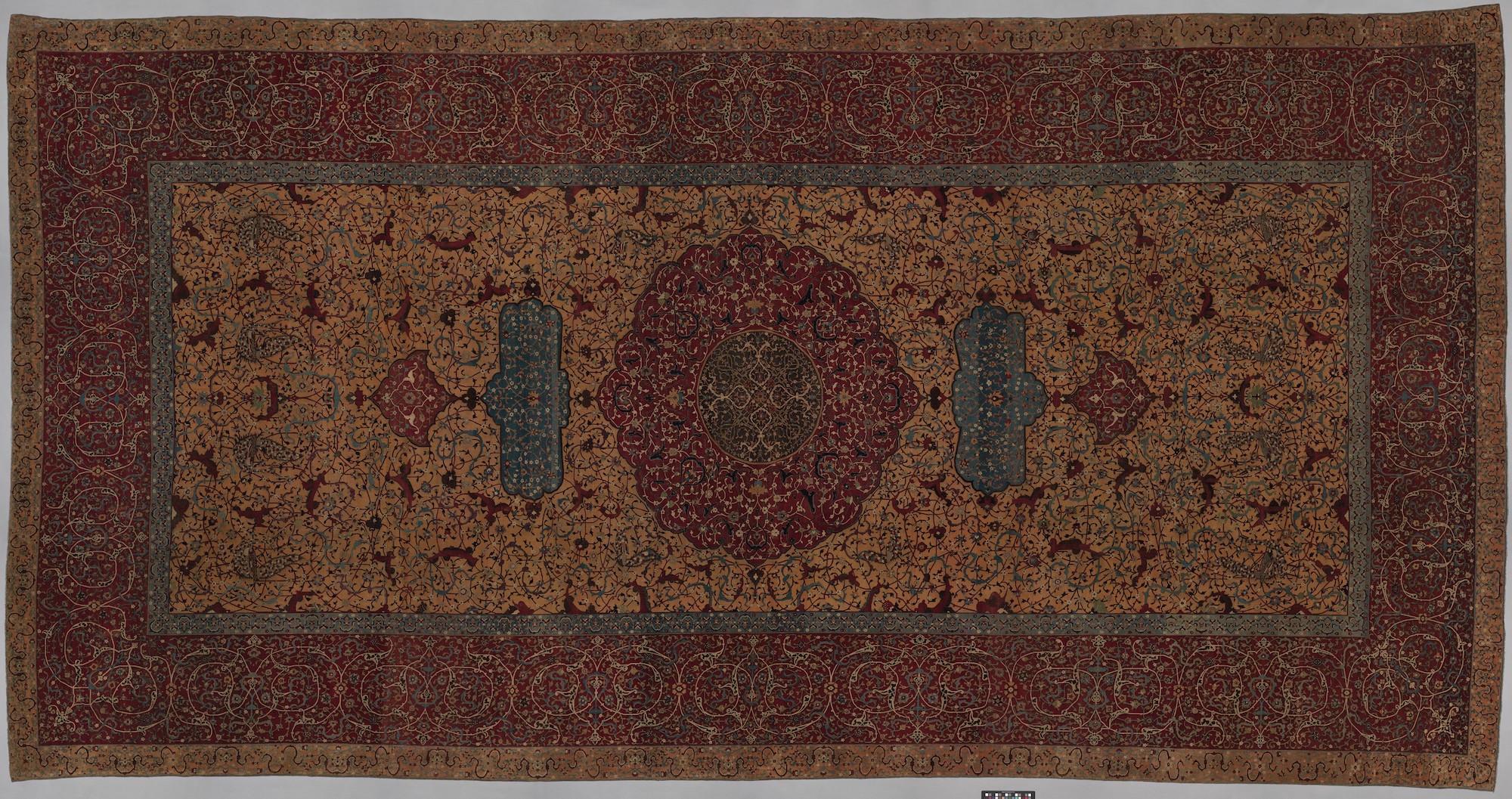
Many prominent figures as painters, sculptors, and patrons throughout history have graced the art world, each leaving an indelible mark on the canvas of time. However, in art dealing, one name arguably rises above all: Joseph Duveen. Yet, few names shine as brightly as that of Joseph Duveen. Not an artist but an art dealer, Duveen's influence was so profound that he became, perhaps, the most famous art dealer the world has ever known. His influence extended beyond mere transactions; he shaped tastes, constructed legacies, and fundamentally transformed how America perceived European art.
Born in Hull, England, in 1869, Joseph Duveen was destined for greatness. The Duveen lineage was deeply rooted in the art trade, with his father, Joel Duveen, establishing a solid foundation. Joseph was exposed to art and its intricacies from a young age, cultivating an innate sense of aesthetics and business acumen.
When you pay high for the priceless, you’re getting it cheap. — Joseph Duveen
America's wealthy elite was burgeoning in the late 19th and early 20th centuries. Tycoons, magnates, and industrialists sought ways to display their newfound wealth and status. Duveen recognized this craving and saw an opportunity. He believed every millionaire wanted a gallery of European art, and he intended to be the dealer to provide it.
Duveen Brothers, the family firm, opened branches in London and Paris. Still, their New York branch, a gallery in New York that sold porcelains, furniture, tapestries, and carpets by Joseph, would dominate the American market by focusing on paintings and sculpture later. Joseph had an uncanny knack for understanding his clientele, often saying, "Europe has a great deal of art, and America has a great deal of money."

The Ardabil Carpet, unknown, 1539-1540, Iran. Museum no. 272-1893. © Victoria and Albert Museum, London
Among many famous rugs belonging to him, The Ardabil Carpet was one of Duveen's proudest personal possessions. He had kept it in his home and is known to have refused to sell it in response to several offers.
Joseph Duveen wasn't just a dealer; he was a showman. He cultivated relationships with wealthy patrons, offering them artwork and a vision. He would advise on lighting, interior decoration, and even architecture to ensure the art was displayed in the best possible way. Duveen's roster of clients reads like a 'Who's Who' of the American elite: Andrew Mellon, William Randolph Hearst, John D. Rockefeller Jr., and Henry Clay Frick, to name just a few. These relationships weren't merely transactional. Duveen invested time, energy, and personal attention into each, becoming a trusted advisor and confidante.
Duveen's influence on art wasn't without its controversies. His focus on selling artworks often led to aggressive restoration efforts, with some critics accusing him of "over-cleaning" paintings, thereby altering their original state.
However, his lasting legacy is undeniable. Many of the art collections he helped amass are now the core holdings of major U.S. museums, including the National Gallery of Art in Washington, D.C., and The Frick Collection in New York City.

The Anhalt Medallion Carpet, MET Museum - Provenance: Dukes of Anhalt, Dessau, Germany(after 1683); Sir Joseph Duveen, London (by 1931–d. 1939); [ Duveen Brothers, London, by 1940]; Samuel H. Kress Foundation, New York (until 1946; gifted to MMA)
Joseph Duveen passed away in 1939, but his mark on the art world remains. His ability to merge business acumen with an understanding of art's cultural significance made him a standout figure in the annals of art history. More than just a dealer, Duveen was a visionary who recognized the power of art to shape and reflect society's values and aspirations.
Many names fade with time in the grand tapestry of art's history, but Joseph Duveen's legacy as the world's most famous art dealer remains as vibrant as the masterpieces he once sold.
